The Power of the Portrait - Part Two
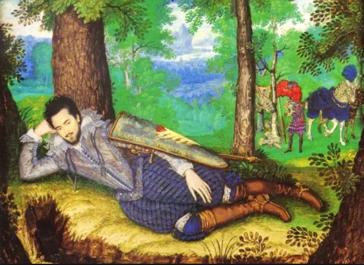
Today Jane continues to explore Powis Castle and why the Herbert family commissioned portraits.
To Celebrate – These days, the photographer at a wedding is essential. In earlier centuries paintings were commissioned to mark weddings, royal occasions, births, knighthoods etc. Here the portraits celebrate the union in 1595 of Lady Eleanor Percy to William Herbert – an important alliance between two high ranking families.
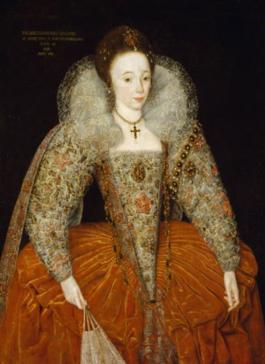
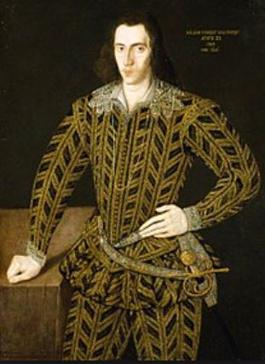
As a Postcard – while travelling often a portrait was commissioned and sent home. Here 1st Earl of Castlemaine, whose maternal grandfather was William Herbert, 1st Lord Powis, was painted in Venice (featured in the background) in 1664 when he also visited the Middle East. The armour in the corner alludes to his military career.
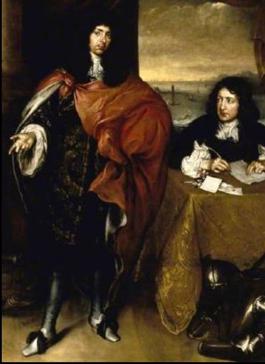
To Bind Together – Pastel likenesses were prized in the 18th century for their informality and tenderness, suitable for intimate commissions destined for dressing rooms or bed chambers. Here Hugh Douglas Hamilton has drawn Edward, Lord Clive (before he was made Earl of Powis), his wife Henrietta along with his brother and sister.
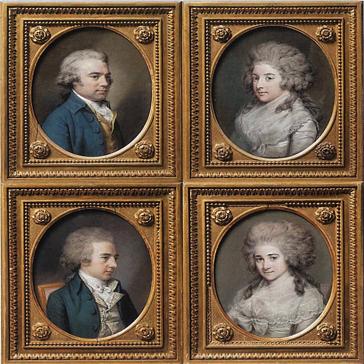
To valorise – In turbulent times, military prowess was an important way, members of aristocratic families, measured their achievements, against those of their forebears. Below Gilbert Soest has shown Henry Herbert in the 1660s in armour – a cool expression in contrast to the battle unfolding in the background.
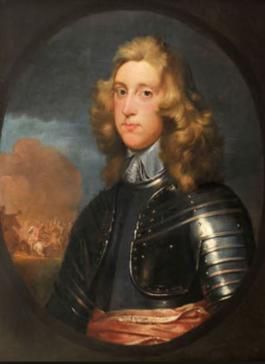
To elevate – The ranks of nobility were disguised from one another at royal ceremonies. The Herberts had themselves painted wearing elaborate costumes to broadcast their rise up the hierarchy. Below John Michal Wright has portrayed Lady Elizabeth Herbert, c1674 wearing a robe lined with ermine – that only nobles and monarchs had a right to wear at court.
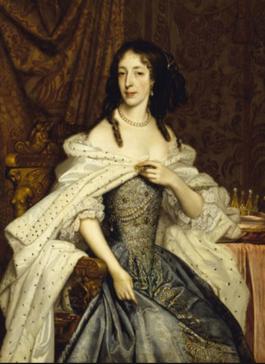
An expression of love – Miniatures were often commissioned and worn as a piece of jewellery, like this small enamel locket (4.5 x 3.8cm), of Henry Arthur Herbert, 1st Earl of Powis, by Christian Friedrich Zinche, set with pearls and gold.
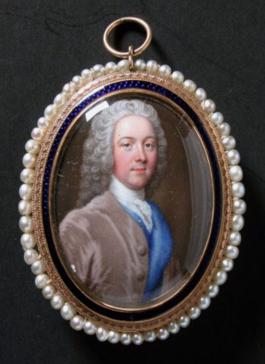
There are many other reasons as to why portraits were painted, however I will close with:
To Show Off – Just like the Kardashian’s of today, Edward, 1st Baron Herbert of Cherbury, learned quickly that the highest rewards came to those who presented themselves with the greatest panache.
An ambitious soldier, scholar, diplomat, musician and poet, he was well aware of his worth. Foremost among the many portraits depicting various aspects of his personality and achievements is the miniature (18.1 x 22.9 cm) as shown in the opening image and below, by court artist Isaac Oliver. His attempt to capture the many layers of Edward’s complex character in a single exquisite likeness is now known as one of the masterpieces of British art.

It was painted when Edward was in his 30s, at the height of his glamour; he’d distinguished himself in war. The picture conveys contrasting dimensions of his persona. In the background a squire readies his horse and armour for a jousting competition. Courtly display and power politics beckon and beyond, the lure of distant horizons and adventure.
He is perched high on a tranquil hilltop, a classic pose of melancholy – fashionable in the day associated with creativity and the pining of lovers. His artfully undone collar ribbons and conspiratorial smile: perfectly aware of his seductive charm.
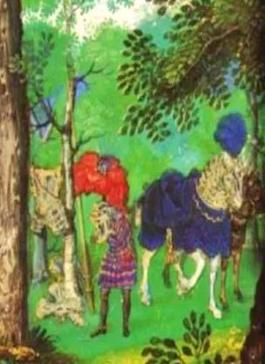
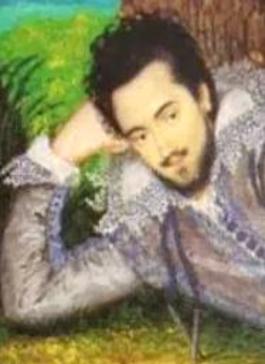
At around this time Lord Herbert was stabbed in the side by the jealous husband of one of Queen Anne’s ladies-in-waiting, when she was caught gazing at the miniature. Having set the picture in gold and enamel she wore it "about her neck soe lowe that she yet hid it under her brestes"
Lord Herbert epitomised the romance and chivalry of his age and he certainly knew it!
As you have seen the Power of Portraits reaches far and wide, deep into the past and will continue well into the future.
There is so much more to portraits, which I am sure we will retunr to, from time to time.
(Credits: Notes are paraphrased and all photos taken from the booklet House of Portraits – Powis Castle by John Chu available at Powis Castle.
